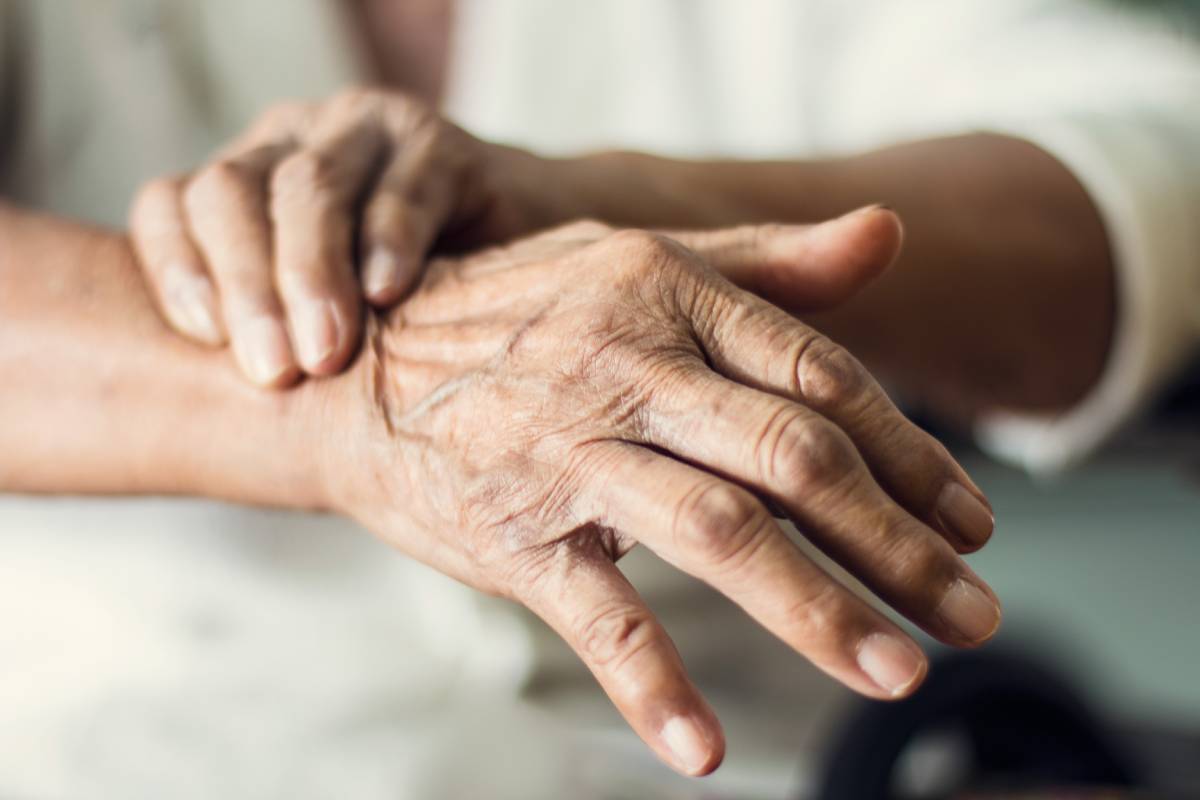Parkinson’s disease is a disorder of the central nervous system that is caused by degeneration of neurons in a region of the brain called the substantia nigra. Neurons in this region produce dopamine, a neurotransmitter that helps coordinate the neurons and muscle cells involved in movement. Dopamine production slows when these neurons are damaged, resulting in the loss of balance, tremors, and stiffness characteristic of Parkinson’s disease.1 Approximately one million people in the United States currently live with Parkinson’s disease, one of the world’s fastest growing neurologic disorders.2 With a significant subset of the population having Parkinson’s disease and many Parkinson’s patients taking medication, the effects of the disease and its drugs on other clinical aspects must be considered, including with anesthesia.
Though Parkinson’s disease cannot be cured, there are several classes of drugs that can help mitigate its symptoms. Many of the drugs for Parkinson’s disease are dopaminergic, relating to the production of dopamine. The most commonly prescribed Parkinson’s disease drug is Levodopa, which is taken as a pill and is absorbed into the blood, where it then travels to the brain and is converted to dopamine.3 Another class of drugs called monoamine oxidase inhibitors (MAO inhibitors) block the effect of enzymes that inactivate dopamine. Other drugs can be administered in tandem with Parkinson’s drugs to minimize their side effects, or treat non-motor conditions associated with the disease, like depression, sleep disorders, and dementia.4
Parkinson’s disease has been linked to higher rates of perioperative morbidity and mortality, and anesthesia is thought to be involved via interactions between drugs. Halothane is a medication used to induce general anesthesia via inhalation, and is known to increase cardiac sensitivity to catecholamines, a category of neurotransmitter that includes dopamine. Because levodopa increases dopamine production, Parkinson’s patients taking levodopa are advised against receiving halothane for general anesthesia.5 Sevoflurane, enflurane, and isoflurane may be safer alternatives to halothane.5
A common side-effect of long-term levodopa use is dyskinesia, uncontrolled, involuntary movements that can be localized to the arms and legs on one side of the body but can spread to the torso, neck, and head.6 Though the mechanism is not clear and may not relate to interactions with Parkinson’s drugs, propofol, which is commonly used in anesthesia, can aggravate dyskinesias, which may interfere with the surgical procedure.7 Patients on levodopa might therefore be given a different anesthetic drug.
MAO-B inhibitors can increase the risk of hypotension, or low blood pressure, due to their interference with signal transmission in the sympathetic nervous system, which is responsible for maintaining blood pressure.8 Both intravenous and inhalation anesthesia can exacerbate hypotension, especially when used to induce general anesthesia. A Parkinson’s patient taking MAO-B inhibitors and undergoing anesthesia may experience interactions increasing their risk for hemodynamic instability.
In addition to understanding the various interactions between Parkinson’s drugs and anesthesia, patients and medical providers should consider how Parkinson’s may affect the type of anesthesia – regional or general – that can be used. Regional anesthesia does not mask tremors the way general anesthesia does, which can allow for intraoperative exacerbations to be monitored and addressed if necessary.7 Conversely, a surgeon might prefer general anesthesia if an operation requires the patient to remain absolutely still. Other advantages of regional anesthesia include that it enables patients to continue taking levodopa – which has a half-life of 1–3 hours – during surgery, and it lowers the probability of respiratory weakness, urinary tract infection, and other complications. In general, healthcare providers should be aware of the patient’s Parkinson’s medications and adjust the anesthesia regimen accordingly.
References
- Parkinson’s Disease – Symptoms, Diagnosis and Treatment. https://www.aans.org/.
- Yang, W. et al. Current and projected future economic burden of Parkinson’s disease in the U.S. NPJ Park. Dis. 6, 15 (2020), DOI: 10.1038/s41531-020-0117-1
- Gandhi, K. R. & Saadabadi, A. Levodopa (L-Dopa). in StatPearls (StatPearls Publishing, 2023), https://www.ncbi.nlm.nih.gov/books/NBK482140/
- Zahoor, I., Shafi, A. & Haq, E. Pharmacological Treatment of Parkinson’s Disease. in Parkinson’s Disease: Pathogenesis and Clinical Aspects (eds. Stoker, T. B. & Greenland, J. C.) (Codon Publications, 2018), https://www.ncbi.nlm.nih.gov/books/NBK536726/
- Katus, L. & Shtilbans, A. Perioperative Management of Patients with Parkinson’s Disease. Am. J. Med. 127, 275–280 (2014), DOI: 10.1016/j.amjmed.2013.11.014
- Dyskinesia: Understanding the Parkinson’s Med Side Effect | APDA. American Parkinson Disease Association, https://www.apdaparkinson.org/what-is-parkinsons/treatment-medication/medication/dyskinesia/
- Bani Hani, D. A. et al. Spinal versus General Anesthesia for Patients with Parkinson’s Disease. Int. J. Gen. Med. 13, 9–15 (2020), DOI: 10.2147/IJGM.S232770
- Gessa, G. L., Cuenca, E. & Costa, E. On the Mechanism of Hypotensive Effects of Mao Inhibitors. Ann. N. Y. Acad. Sci. 107, 935–944 (1963), DOI: 10.1111/j.1749-6632.1963.tb13336.x
